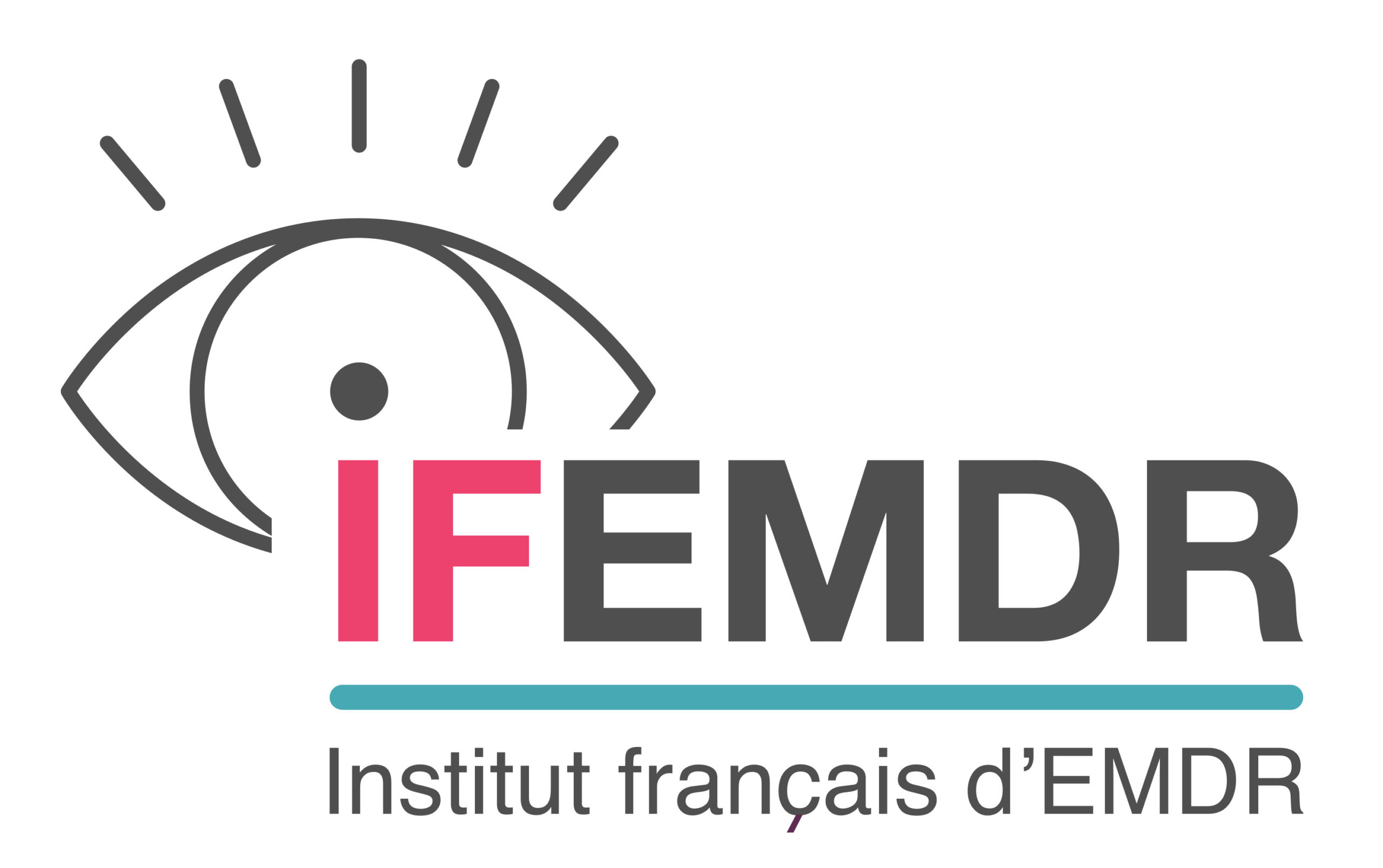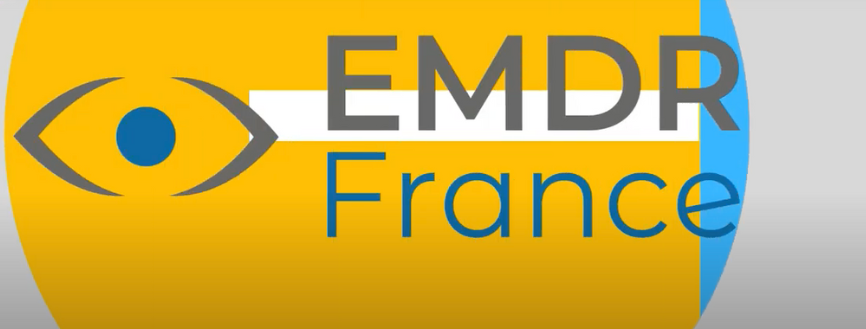
Bibliographie les scénarios réparateurs en EMDR
Mis à jour le 4 avril 2023
Une bibliographie sur les scénarios réparateurs en EMDR réalisée par Evelyne Josse.
- Austina M.A., Riniolo C.T., Porges WS. (2007). Borderline personality disorder and emotion regulation: Insights from the Polyvagal Theory. Brain and Cognition Volume 65, Issue 1, October 2007, Pages 69-76
- Brown P.B., Elliott S.D. at al (2016). Attachment Disturbances in Adults : Treatment for Comprehensive Repair. W. W. Norton Company
- Cahill L., McGaugh J. L. (1996). Modulation of memory storage. Current Opinion in Neurobiology, 6(2), 237-242.
- Cotraccia, J.A. (2013). Traitement adaptatif de l’information et modèle biopsychosocial systémique. November 2013. Journal of EMDR Practice and Research 7(4):96-106 Présentation de cette recherche en français
- Dudai, Y. & Eisenberg, M. (2004). Rites of passage of the engram: reconsolidation and the lingering consolidation hypothesis. Neuron, 44(1), 93-100.
- Ecker B., Ticic R., Hulley L. (2012). Unlocking the Emotional Brain: Eliminating Symptoms at Their Roots Using Memory Reconsolidation. Routledge
- Janet P. (1889). L’automatisme psychologique. Deuxième partie. Félix Alcan : Paris.
- Janet (l898). Névroses et idées fixes. Tome I. Félix Alcan : Paris.
- Janet P. (1919). Les médications psychologiques. Les économies psychologiques. Félix Alcan :Paris
- Josse E. (2021). « Les scénarii réparateurs des mnésies traumatiques par hypnose et EMDR », in
- Joanna Smith J. Psychothérapie de la dissociation et du trauma (2e éd.). Dunod En savoir plus sur ce livre – Lire un extrait de l’article
- Josse E. (2021). « Therapies of psychological trauma in the light of neuroscience. Reconsolidation of memory and a new paradigm in the therapeutic process ». Lire cet article en anglais
- Josse E. (2020). Traumatisme, reconsolidation de la mémoire et psychothérapies (EMDR et hypnose). Conférence d’une heure. Par Evelyne Josse (Resilience PSY) avec le soutien de Fanny Weytens (PsyForMed). YouTube : http://www.resilience-psy.com/spip.php?article454
- Josse E. (2020). « Les scénarii réparateurs en EMDR », 6 heures de cours dans le DIU EMDR à l’université de Metz et à l’université Libre de Bruxelles.
- Josse E. (2018) « La méthode des scénarii réparateurs pour traiter les traumatismes par EMDR ou par hypnose », Congrès Miméthys (Eric Bardot) Mondes traumatiques, comment s’en sortir ?, Nantes, 31/05/2018 du 02/06/2018 : https://www.apf-somatic-experiencing.com/wp-content/uploads/2018/02/depliant_programme4volets.pdf
- Josse E. (2017) MAM – « Les scenarii réparateurs en EMDR ». Séminaire MAM 2017 organisé par l’équipe EPSAM/APEMAC EA 4360. Eye Movement Doctora Research. Metz (France), 08 septembre 2017
- Josse E. (2016). Les scénarii réparateurs des mnésies traumatiques par hypnose et EMDR, in Psychothérapies de la dissociation, sous la dir. de Smith J., Paris : Dunod
Khalfa, S& Touzet, C.F. (2017). EMDR Therapy Mechanisms Explained by the Theory of Neural Cognition. J Trauma Stress Disor Treat 2017, 6:4. Dyadic Resourcing: Creating a Foundation for Processing Trauma - Oren, E. & Solomon, R. (2012). EMDR therapy: An overview of its development and mechanisms of action. Revue Européenne de Psychologie Appliquée/European Review of Applied PsychologyVolume 62, Issue 4, October 2012, Pages 197-203 Présentation de cette recherche en français
- Parnell L., Siegel D. (2013). Attachment-focused EMDR: healing relational trauma. W. W. Norton & Company. Présentation du livre en français
- Porges W.S. (2011). The polyvagal theory: neurophysiological foundations of emotions, attachment, communication, and self-regulation. The Emergence of Polyvagal-Informed Therapies. Norton Series on Interpersonal Neurobiology, W. W. Norton & Company.
- Porges W.S., Dana D. (2018). Clinical Applications of the Polyvagal Theory: The Emergence of Polyvagal-Informed Therapies. Norton Series on Interpersonal Neurobiology, W. W. Norton & Company.
- Przybyslawski J., Sara S. J. (1997). Reconsolidation of memory after its reactivation. Behavioural Brain Research, 84(1-2), 241-246
- Przybyslawski J., Roullet P., Sara S. J. (1999). Attenuation of emotional and nonemotional memories after their reactivation: role of beta adrenergic receptors. Journal of Neuroscience, 19(15), 6623-6628.
- Sara S. J. (2000). Retrieval and reconsolidation: toward a neurobiology of remembering. Learning and Memory, 7(2), 73-84.
- Shapiro S. (2011). Dyadic Resourcing: Creating a Foundation for Trauma Processing , by P. Manfield. Journal of Trauma & Dissociation, vol 12, October 2011.
- Solomon, R. M. & Shapiro, F. (2008). EMDR and the Adaptive Information Processing Model Potential Mechanisms of Change. Journal of EMDR Practice and Research Vol 2 Issue 4.
- Shapiro, F. (2007). Manuel d’EMDR : principes, protocoles, procédures. Interéditions Présentation du livre en français
- Shapiro, F. (2007). EMDR and case conceptualization from an adaptive information processing perspective. In F. Shapiro, F. Kaslow, L. Maxfi eld (Eds.), Handbook of EMDR and family therapy processes (pp. 3–36). New York: Wiley.
- Schmidt S. J. (2004). Developmental Needs Meeting Strategy: A New Treatment Approach Applied to Dissociative Identity Disorder. Vol. 5, Journal of Trauma & Dissociation.
- Schmidt S. J., Hernandez A. (2007). The Developmental Needs Meeting Strategy: Eight case studies. Vol.13, Traumatology.
- Winocur G., Moscovitch M. (2011). Memory Transformation and Systems Consolidation. Journal of the International Neuropsychological Society, June 2011
En savoir plus
Formation Les scénarios réparateurs en EMDR dans le traitement des traumatismes et des troubles dissociatifs



